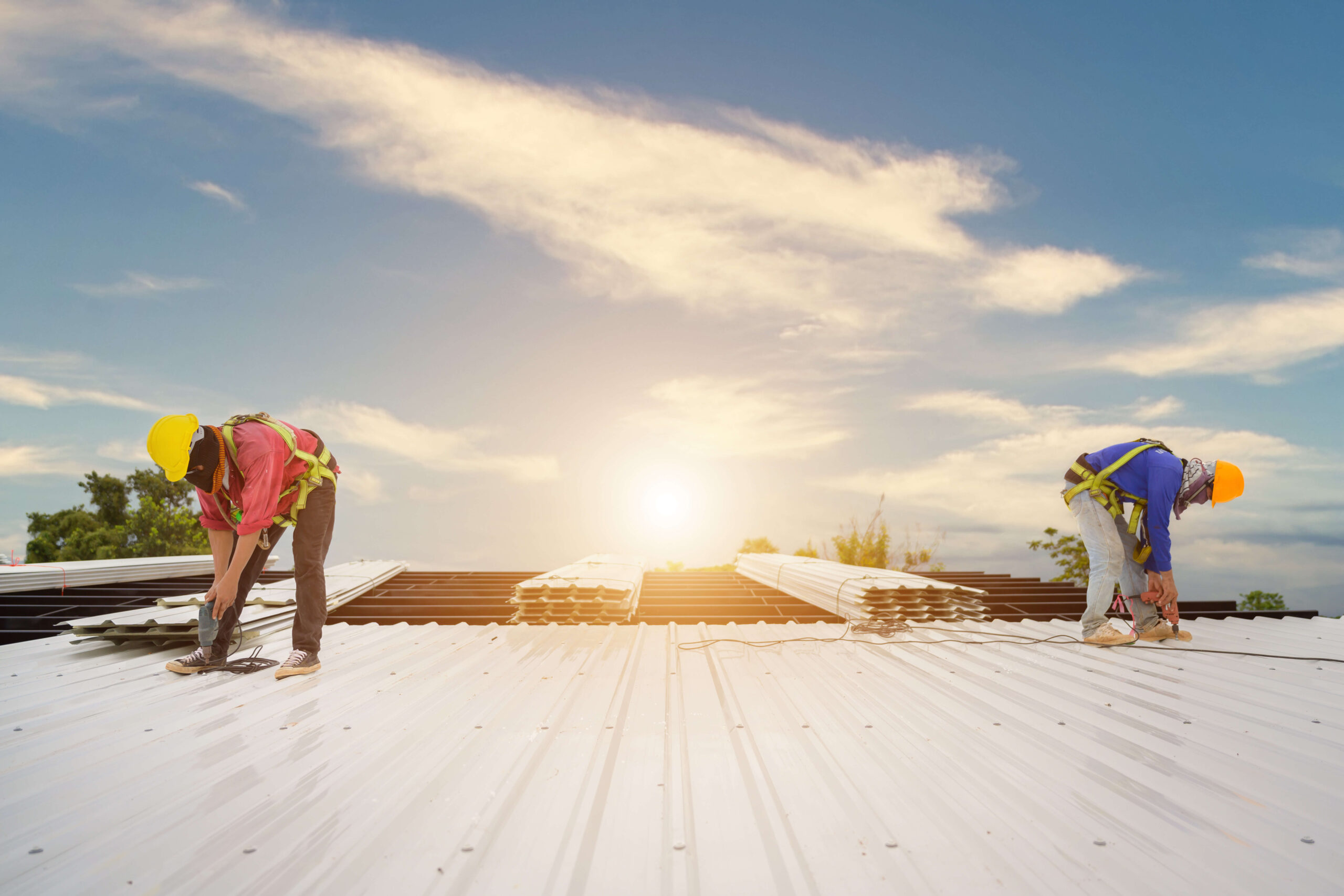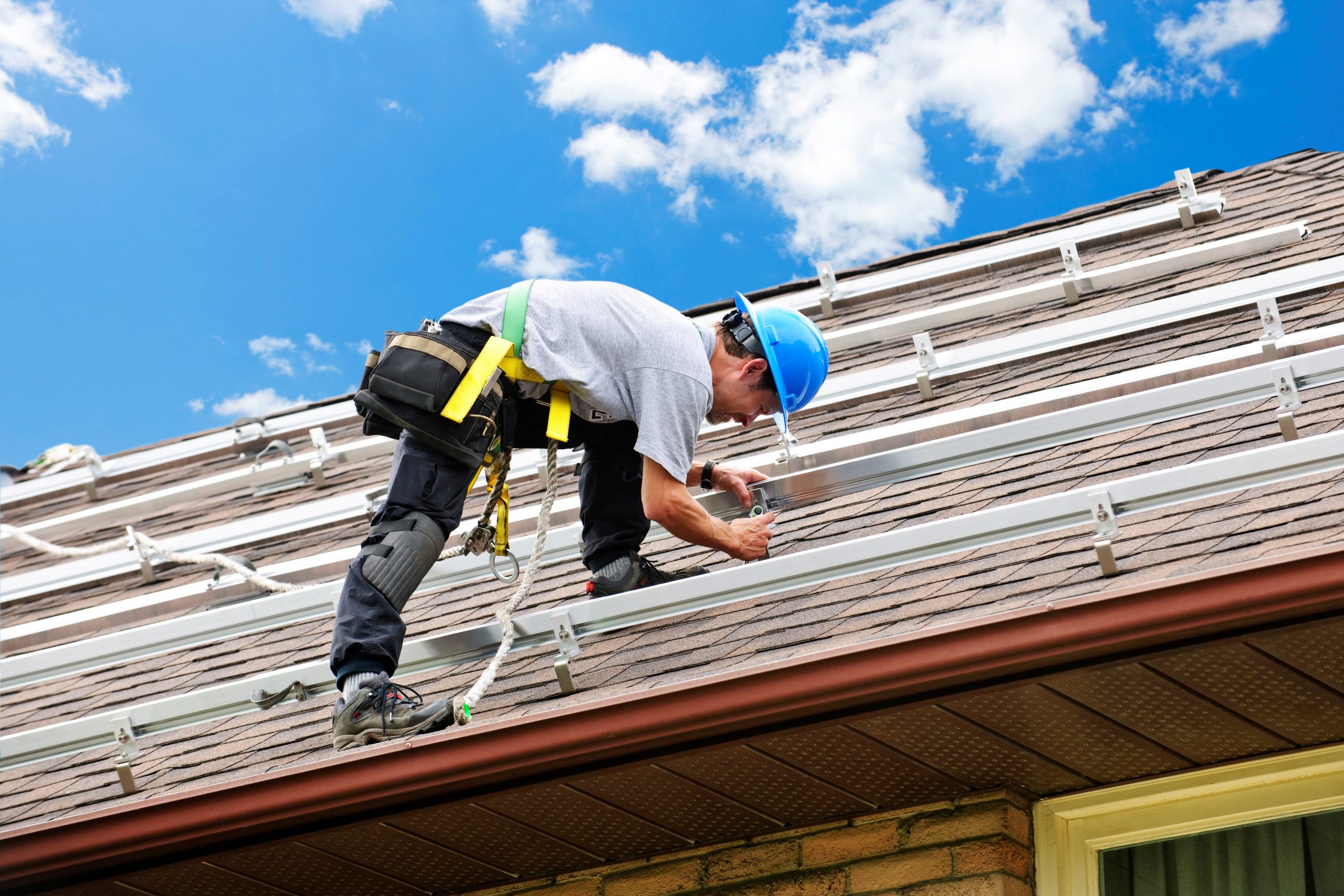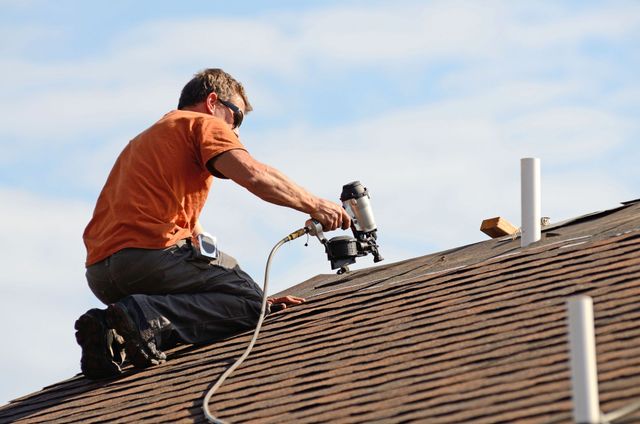C&D Roofing Services: Long Island's Trusted Contractors
C&D Roofing Services: Long Island's Trusted Contractors
Blog Article
Introduce the Keys to Picking the Suitable Roof Type for Your Residential Or Commercial Property

Assessing Residential Or Commercial Property Demands
Assessing the residential property's details requirements is crucial in identifying the most ideal roofing type for lasting capability and toughness. Variables such as the area of the home, weather condition problems, building design, and budget constraints all play a significant role in this evaluation procedure. As an example, buildings situated in areas prone to hefty rainfall or snowfall may require a roofing product with exceptional water resistance and snow load capability. In contrast, residential properties in areas with severe warm may take advantage of roof covering materials that provide better warm representation and insulation.
Additionally, the building design of the building need to likewise be thought about when choosing a roofing type. Standard or historic structures may need certain roof products to preserve their visual allure and historical precision. On the other hand, modern-day structures might have a lot more adaptability in terms of roofing options.

Understanding Toughness Aspects
Considering various environmental and structural variables is vital in evaluating the durability and resilience of various roof materials. In areas prone to heavy rainfall or snow, materials with high water resistance like steel or slate may be a lot more suitable.
Architectural aspects of a residential property, such as its shape, incline, and existing support group, likewise play a crucial duty in determining the sturdiness of a roof. A steep roof covering, as an example, might call for materials that can endure high winds, while a level roof could require extra protection versus water merging.
Moreover, taking into consideration the upkeep needs of different roof materials is important for making certain long-lasting sturdiness. Some materials might need routine assessments and therapies to preserve their efficiency, while others can be extra hands-off. C&D Suffolk Siding & Roofing LLC. By examining these sturdiness factors in conjunction with property-specific demands, home owners can pick a roof material that offers ideal longevity and security
Examining Cost Considerations
When selecting the most ideal roof covering kind for a residential property,Price evaluation is a pivotal aspect of the decision-making procedure. The expense of a roofing system includes not just the initial setup expenditure yet also lasting upkeep and fixing expenses. Various roof products differ dramatically in rate, with options varying from economical asphalt tiles to exceptional slate or metal roofing. It is crucial to think about not just the in advance expenses yet likewise the expected life-span of the roof material. While less expensive alternatives might have a reduced first expense, they may require even more constant repair services or substitutes, causing higher long-term expenditures. On the other hand, investing in a much more durable and resilient material may confirm to be an affordable choice in time. Additionally, labor expenses, warranty protection, and energy performance need to additionally be factored into the general price assessment. By thoroughly analyzing the overall expense ramifications of each roof type, residential or commercial property proprietors can make enlightened choices that align with their budget plan and best site long-term economic objectives.
Aesthetic Appeals and Architectural Style
The visual charm and style compatibility of a roof type play a vital role in improving the total visual appeals and architectural design of a building. When selecting a roofing material, it is essential to think about how it will certainly enhance the existing architectural design of the building.
Additionally, the shade and texture of the roofing product can substantially affect the total looks of a building. Light-colored roofing systems can assist show sunlight and minimize cooling costs, while darker roofing systems may supply a striking contrast or blend in with the surrounding environment. Distinctive roofing materials, such as wood shingles or shakes, can add deepness and aesthetic interest to the roofline.
Inevitably, choosing a roofing type that aligns with the architectural style and improves the total visual appeals of a residential or commercial property can significantly increase its visual appeal and value.
Climate Suitability and Ecological Effect
Climate conditions and ecological variables play a considerable function in identifying the viability and effect of roof covering materials. When choosing a roof kind, it is important to take into consideration the climate of the region where the residential or commercial property lies. In areas prone to hefty rainfall or snow, materials like metal or asphalt tiles are recommended for their sturdiness and water-resistant buildings. On the various other hand, in warm and bright environments, products with reflective surface areas such as metal or white tiles can aid in minimizing cooling costs Going Here by reflecting sunshine away from the residential or commercial property.
In addition, the environmental impact of roofing materials should not be overlooked. Some products, such as asphalt tiles, can have an adverse effect on the setting due to their production procedure and disposal after usage. In contrast, products like metal roofings or clay tiles are much more ecologically friendly choices as they are usually made from recycled products and are fully recyclable at the end of their life-span. By taking into consideration both climate viability and ecological impact, home proprietors can choose roof covering products that not only withstand the weather but also add to a greener setting.

Conclusion
To conclude, choosing the best roof type for your property needs a complete analysis of its demands, toughness aspects, expense factors to consider, visual appeals, building design, climate suitability, and environmental effect. By carefully examining these elements, homeowner can make an educated decision that not only enhances the visual appeal of their residential or commercial property yet additionally makes sure long-lasting defense and sustainability.
From the functional elements of assessing your residential or commercial property's requirements to the visual elements that match its building design, each detail plays a crucial function in establishing the perfect roof product. Buildings located in areas prone to heavy rainfall or snowfall may require a roof covering product with premium water resistance and snow load capability. Different roof covering materials vary considerably in price, with alternatives varying from cost-effective asphalt roof shingles to superior slate or metal roof covering (C&D Roofing).Additionally, the shade and texture of the roofing material can substantially impact the general aesthetic appeals of a residential property. By taking into consideration both environment suitability and ecological impact, property owners can select roof materials that not only endure the climate this post conditions yet likewise contribute to a greener environment
Report this page